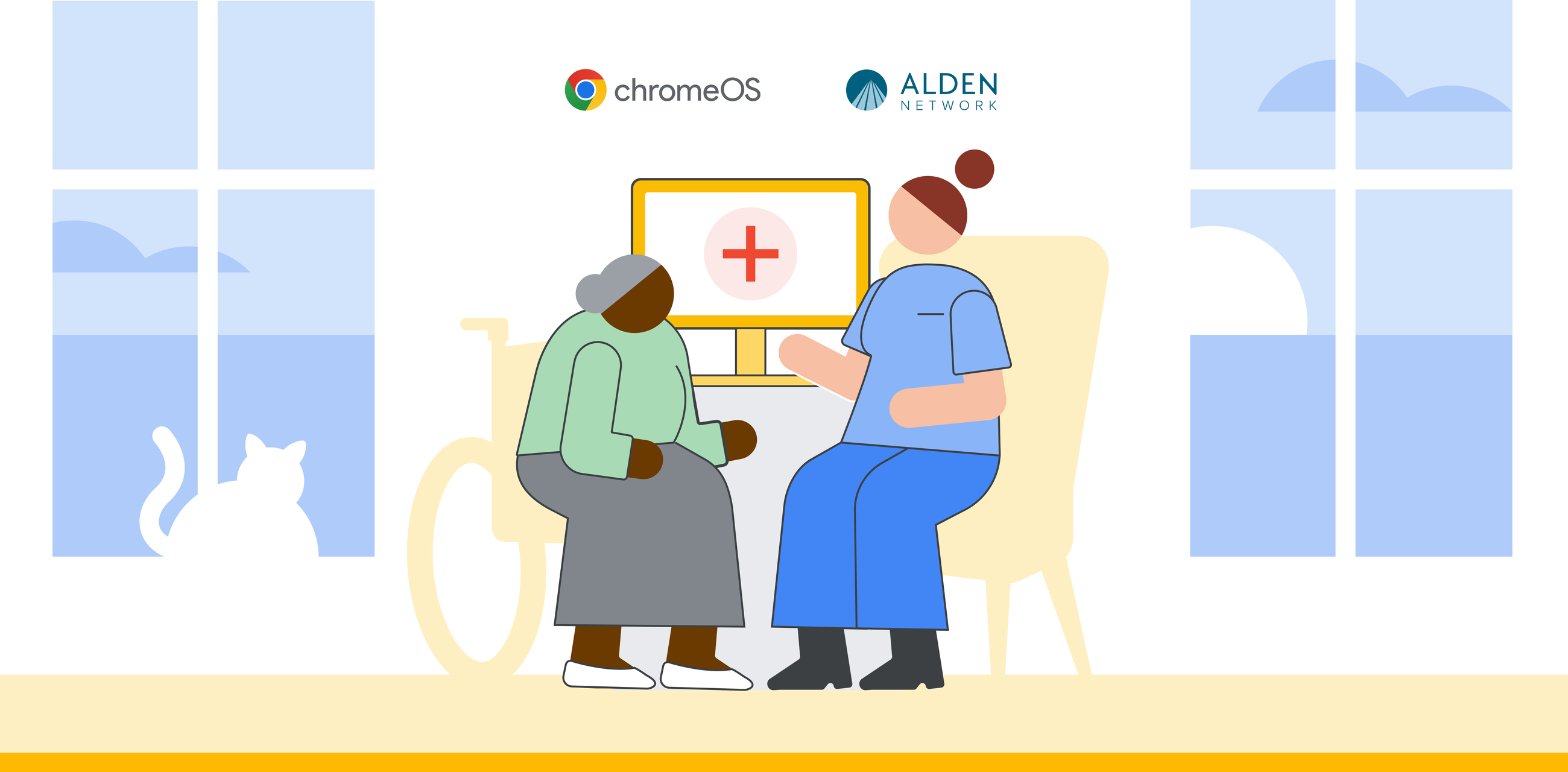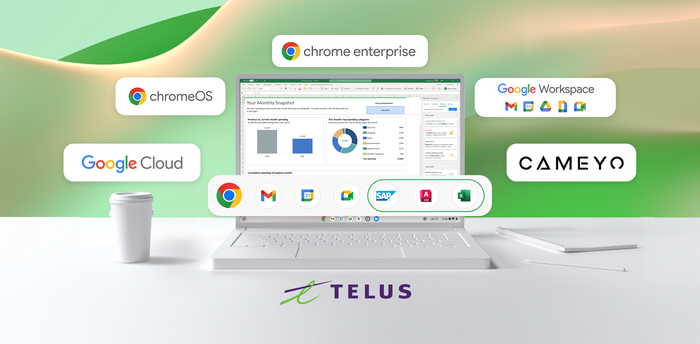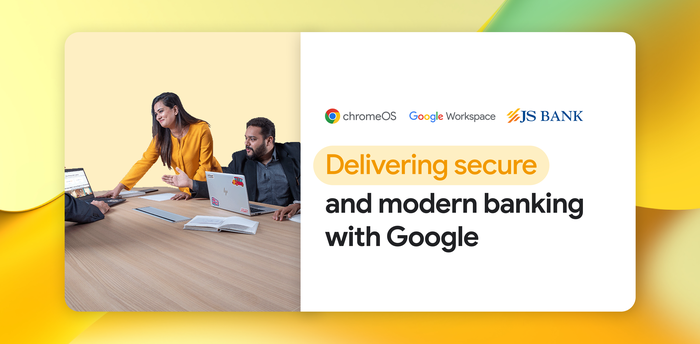Why this senior care provider relies on ChromeOS

Jeff Nichols
Chief Technology Officer, Alden Network
Editor’s note: Today’s post is authored by Jeff Nichols, Chief Technology Officer at Alden Network, a senior care provider with nearly 50 locations in Illinois and Wisconsin. Alden Network chose ChromeOS devices for their 1,000 clinicians who need secure access to patient records on the go.
In Alden Network’s senior and therapeutic care centers, our goal is to enable residents to live independent lives while ensuring the care they need. Equipped with ChromeOS devices, our providers can spend more time providing attentive care to patients and less time learning or troubleshooting technology.
Removing barriers between caregivers and patients
Before ChromeOS, we had Windows devices that were meant to be shared. The Windows machines took a long time to boot up, provided an inconsistent user experience, and the machines required a lot of maintenance and troubleshooting. To the extent that if a user found one they liked, they would hold onto it instead of returning it to the cart. We wanted technology that supported caregivers, instead of being a barrier to doing their jobs.
Quick and easy deployment
Faced with the high cost of buying and managing more Windows laptops, we turned to ChromeOS. We started small, with a deployment in just one of our rehabilitation and healthcare centers. We replaced the Windows laptops with Chromebooks all at once—about 20 to 30 machines per building, with multiple floors and multiple nursing stations. Equipped with the positive feedback from users, we expanded our Chromebook deployments. It was important for us to complete the Chromebook adoption quickly to realize the savings and simplify and streamline the user experience.
More uptime, one-third of the cost
The Chromebooks cost about one-third of the price of PC laptops, saving the company more than $460,000. We also saw that we didn’t have to deal with the complications of patching or updating since ChromeOS updates automatically.
Easy to use, for IT administrators and employees
With ChromeOS device management, the deployment and adoption proceeded smoothly. For existing and new employees, we simply give them a Chromebook which is ready to use in just a few minutes. We add the device to the correct profile in the Google Admin console and new devices join our centrally managed fleet. This process couldn’t be easier. With the Windows laptops, the process would take hours—a big burden on the IT staff. Not only has deployment been simplified, but the effort required to support the ChromeOS devices has reduced drastically as shown through fewer support calls.
Attentive care and a lean IT team
No matter which device caregivers find themselves on, their experience is consistent. They sign in and are taken straight to Chrome browser and the PointClickCare sign on. With ChromeOS device management, we set all Chromebooks to guest mode through the Managed Guest Sessions setting. This prevents Chrome browser from saving browser activity, yet if caregivers switch devices they can add or access EMR data just as they did before.
ChromeOS devices give caregivers more confidence in their work. We’re less likely to hear frustrations about technology savviness, such as, this device hates me, or I’m just not very good at tech stuff. ChromeOS is simple to use and that’s changing how the caregivers feel. The technology can help them focus on what they’re best at—giving attentive care to patients.
To learn more about ChromeOS, you can visit our website or get in touch with a ChromeOS expert today.



